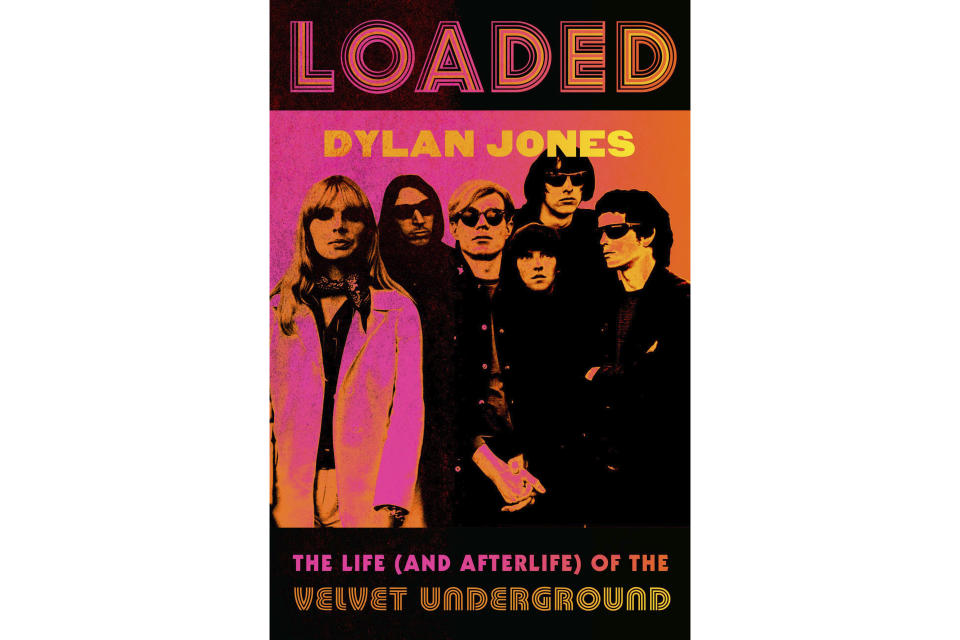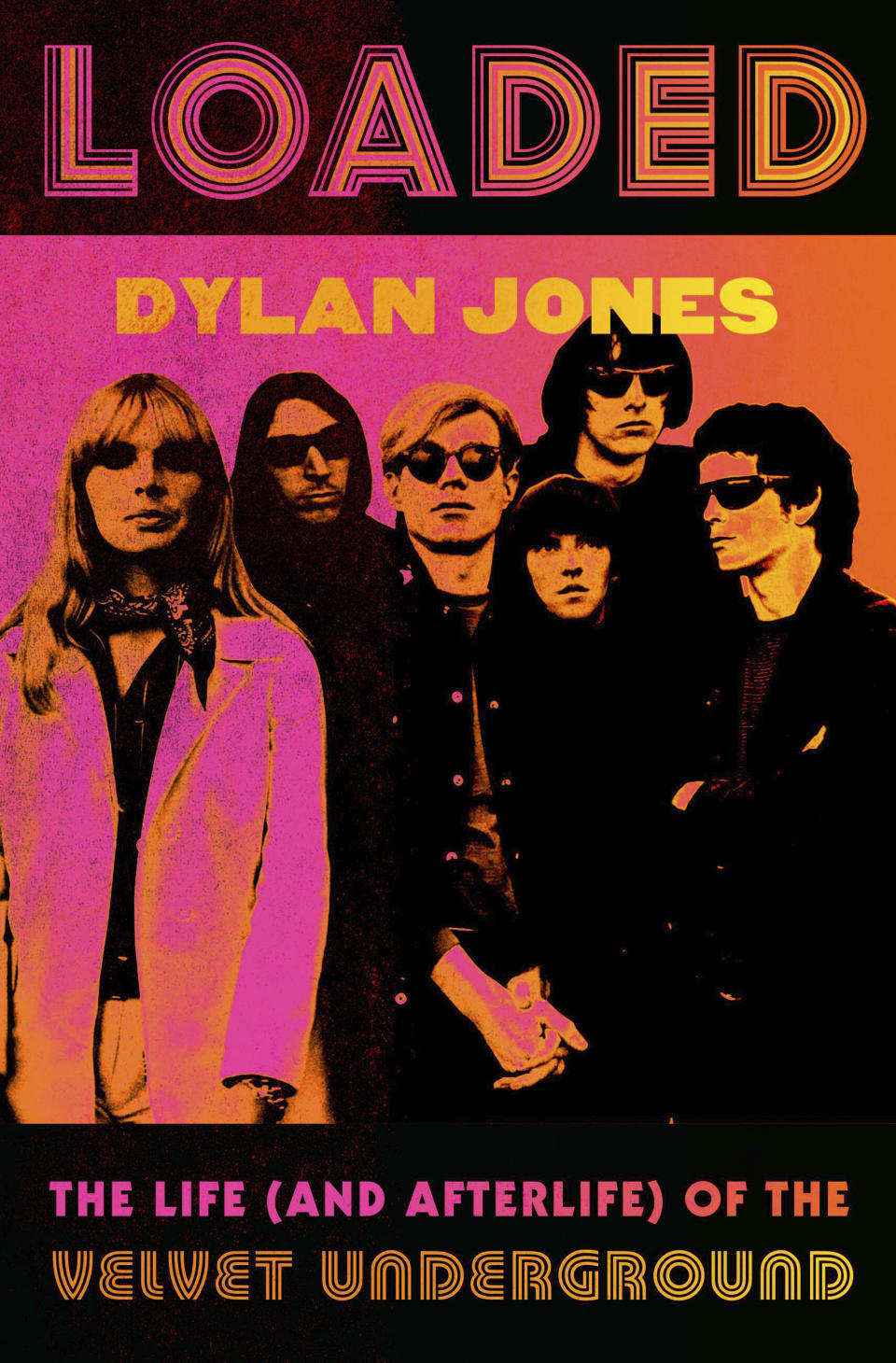Book Review: The Velvet Underground's story and afterlife told in the oral history 'Loaded'
Before they became synonymous with downtown cool, the Velvet Underground played a multi-band bill at a suburban New Jersey high school in 1965. Parents and kids in the crowd were repelled by the “screeching urge of sound” from Lou Reed and his bandmates, a local reviewer wrote, and retreated in horror after their second song, “Heroin.”
The Velvet Underground soon found a more appreciative audience when artist Andy Warhol spotted them and set them up at the Factory, his Manhattan studio-and-happening space. But wide success and fame eluded the Velvet Underground during their fractious run. They became lionized as edgy musical groundbreakers later on — reversing the stereotypical rock band success story by breaking up and then conquering the world.
Veteran journalist and author Dylan Jones tells that unusual story in “Loaded: The Life (and Afterlife) of The Velvet Underground.” Or more precisely, Jones weaves together an oral history that relies on the voices of friends, Warhol “superstars,” fellow musicians and members of the band. Jones interviewed a bunch of people who were in the orbit of Reed, John Cale and the other band members. The author also relies on past interviews from Reed and others who have died.
The staying power of the Velvet Underground stems from their songs, which could be beautiful, dissonant or hypnotic. But it also revolves around their style, which has been widely copied by rockers ever since. They wore sunglasses inside. They didn't care what you thought. They could barely stand each other. “We hated everybody and everything,” said Cale.
This is largely a story about Reed, who was a restless artist, a canny songwriter and — quite often — a surly jerk. But some of the book’s most compelling passages describe Reed’s difficult and all-too-brief partnership with the equally intense Cale, a classically trained musician from Wales.
The book also tracks the post-Velvet work of Reed, Cale and the singer/songwriter Nico, who was featured on the band's debut album. Reed finally began getting his due in 1972 with the release of the “Transformer” album, which included the signature song “Walk On the Wild Side.”
Good oral histories hit the right mix of insight, opinion and dish. And Jones mostly delivers. The off-the-wall stuff is in there too, like tales of Cale chopping the head off a chicken on stage and Reed slapping around David Bowie at a restaurant.
Jones falls a bit short in his mission of softening the image of Reed, who was notorious for being difficult, especially with journalists. But he convincingly makes the case for the band's historical importance.
“Unpack the last 50 years of pop," Jones writes, "and the broken fragments of the Velvet Underground are everywhere.”
___
AP book reviews: https://apnews.com/hub/book-reviews

